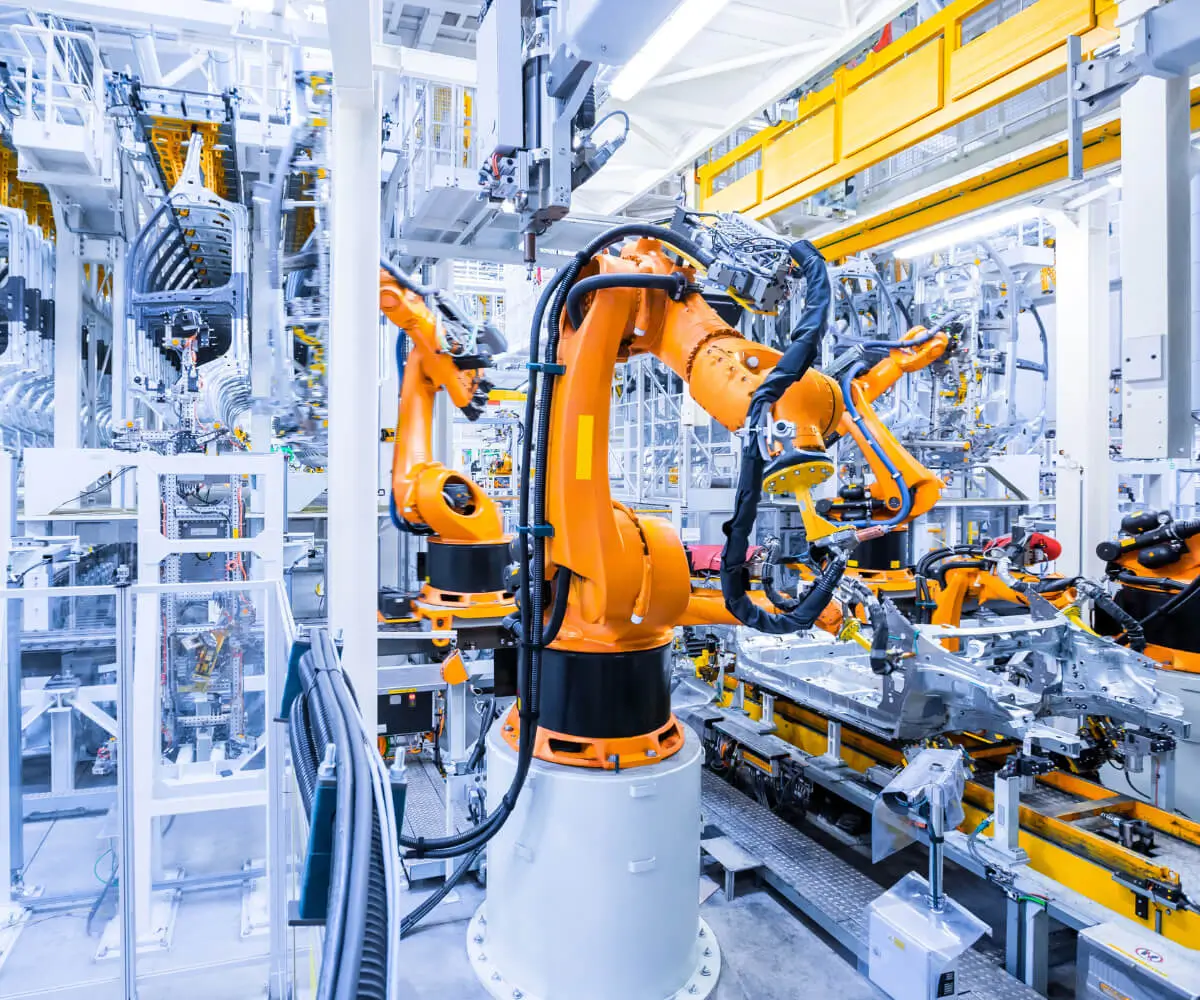In a world where precision, efficiency, and reliability define the backbone of modern manufacturing, technological advancements continue to push the boundaries of what machines can achieve. Among the forefront of these innovations is the integration of cooling systems directly into servo drive motors — a design evolution that is revolutionizing how industries approach thermal management and operational endurance.

Understanding Servo Drive Motors Before delving into the specifics of integrated cooling, it’s essential to recognize what servo drive motors do. These motors are the heart of precision motion control systems, providing highly accurate, responsive, and efficient movement in applications ranging from robotics to CNC machines. Their performance directly impacts productivity, product quality, and operational longevity.
Traditional servo motors are usually paired with external cooling solutions — fans, heat sinks, or liquid cooling systems. While effective, these setups can be bulky, maintenance-intensive, and sometimes insufficient under high load or continuous operation conditions.
The Evolution Towards Integrated Cooling The concept of integrating cooling mechanisms directly into servo drive motors emerges as a response to these limitations. Instead of relying on separate external systems, manufacturers are embedding cooling channels, heat sinks, or even miniaturized liquid cooling circuits inside the motor housing itself.
Why is this shift so significant? First, it minimizes the overall footprint of the cooling setup, facilitating more compact designs suitable for space-constrained applications. Second, it enhances thermal efficiency by directly removing heat from critical components, thereby preventing hotspots and thermal degradation.
Key Technologies Enabling Integrated Cooling Several technological innovations underpin this integrated approach:
Advanced Materials: The use of high thermal conductivity materials, such as aluminum alloys or copper composites, allows heat to be drawn away swiftly from motor windings and electronic components.
Channel Design and Fluid Dynamics: Precision-engineered internal channels facilitate the circulation of coolants (water, oil, or specialized fluids), ensuring uniform cooling and reducing thermal gradients.
Miniaturized Cooling Circuits: Incorporation of compact, sealed cooling circuits within the motor body simplifies installation and maintenance while optimizing heat transfer.
Smart Control Systems: Sensors embedded within the motor monitor temperature in real-time, adjusting coolant flow rates dynamically to optimize cooling efficiency.
Advantages of Integrated Cooling in Servo Drive Motors The adoption of this integrated approach delivers a host of tangible benefits:
Enhanced Thermal Management: Maintaining optimal operating temperatures extends the lifespan of motors and electronic components, reducing failure rates.
Space Efficiency: Combined motor and cooling system design reduces equipment size, enabling more streamlined machine architectures.
Improved Performance: Effective cooling allows motors to operate at higher power densities and under more demanding conditions without overheating.
Energy Savings: Focused cooling minimizes unnecessary power expenditure associated with external fans or bulky cooling setups, contributing to overall energy efficiency.
Reduced Maintenance: Sealed, integrated systems eliminate many maintenance tasks related to external cooling components, such as fan replacement or coolant refilling.
Real-World Applications and Case Studies Industries such as robotics, aerospace, semiconductor manufacturing, and high-speed automation are rapidly embracing this innovation. For example, robotics companies deploying servo motors with integrated cooling report significant improvements in operational stability during intensive tasks, such as welding or high-precision assembly.
In aerospace, where weight and space are at a premium, integrated cooling motors enable engineers to design more compact, reliable systems that withstand extreme conditions. Semiconductor fabrication fabs benefit from this technology by achieving tighter thermal controls, essential for processes requiring nanometer precision.
Design Challenges and Considerations Despite its advantages, designing servo drive motors with integrated cooling presents its own set of challenges:
Complex Manufacturing: Integrating cooling channels within high-precision motors demands advanced manufacturing techniques like additive manufacturing or precise machining, which can increase costs.
Leakage and Reliability: Sealed cooling circuits must be robust to prevent leaks that could damage sensitive electronic components.
Heat Dissipation Limits: While internal cooling improves heat removal efficiency, it must be balanced with the motor’s size, the coolant’s thermal capacity, and flow dynamics.
Future Outlook Looking ahead, the evolution of integrated cooling in servo drive motors is poised to accelerate, driven by emerging trends such as IoT-enabled smart motors and Industry 4.0. Advancements in materials science and microfabrication will further enhance cooling efficiency, reduce costs, and enable even more compact designs.
Researchers are exploring innovative solutions like phase-change cooling materials and nano-fluid coolants that could revolutionize thermal management further. Furthermore, the integration of predictive maintenance algorithms, leveraging data from embedded sensors, will allow operators to proactively address cooling system issues before failures occur.
As industries continue to demand higher precision, greater reliability, and smarter operation, the servo drive motor with integrated cooling stands out as a remarkable innovation. It embodies the convergence of thermal management, electronics, mechanical design, and intelligent control—all working together to propel automation into a new era of excellence.
Established in 2005, Kpower has been dedicated to a professional compact motion unit manufacturer, headquartered in Dongguan, Guangdong Province, China.




































